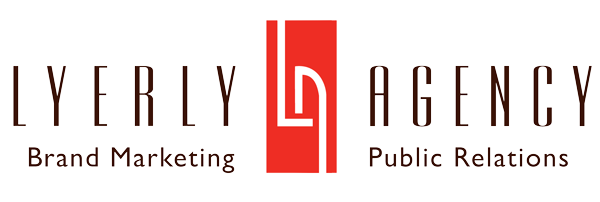As posted in the Gaston Gazette
2018 was a rough year in the world of public relations and marketing; there were a number of corporations that made missteps earning public interest – and public criticism. And sure, while every reliable business is bound to make a flub now and then, these particular decisions backfired more profoundly than others, in great part because of the way they impacted customers and the impression they made on the public.
So what lessons did we learn from 2018’s public relations and marketing blunders? Take a look:
- Gimmicks won’t always get you the attention you want. When the International House of Pancakes (IHOP) announced on Twitter in June that it was changing its name from IHOP to IHOB in order to promote its new line of burgers, fans and critics alike were confused. People couldn’t understand why the brand, which has had burgers on its menu since its opening in 1958, would choose to abandon its well-established reputation as a restaurant that primarily offers pancakes and other breakfast foods. The name change, it turned out, was simply a promotional tool: the company never intended to make it permanent, only to use it temporarily to advertise new burger offerings on their menu. But according to Foursquare, the gamble on changing the name didn’t pay off as the company hoped: not only did it confuse the audience, but it also didn’t provide an increase in foot traffic to the company’s restaurants. The lesson here is that the old adage that any publicity is good publicity does not bear up under scrutiny, especially if it involves using a gimmick that dings the reputation of a well-established name and brand.
- Whenever possible, give your customers a choice. At the end of 2017, Apple announced that it was going to “dynamically manage…maximum performance” on its iPhones to keep the phones from unexpectedly shutting down. What did that convoluted rhetoric amount to? Apple was actually announcing that it was throttling phone performance in order to preserve battery life. The decision sparked outrage across the Internet and earned the nickname “Batterygate.” By early 2018, the company announced that it would offer discounted replacement batteries, but the damage was already done. Even though some customers would likely have agreed to the throttling, the problem for many customers and those reporting on Apple’s announcement was the fact that Apple didn’t give its customers a choice – they simply made an executive decision to restrict phone functionality. What can we learn from Apple’s error? If you have a big decision to make that will affect how your product operates, it would be a good idea to poll loyal customers ahead of time about what option they’d prefer.
- Put yourself in your customers’ shoes. In early January 2018, the clothing company H&M offered a child’s hoodie for sale on its website emblazoned with the phrase “coolest monkey in the jungle.” The problem? The company featured it on a black child within advertisements. The decision sparked an immediate backlash on Twitter where users commented on the company’s failure to consider the racially-charged implications of the phrase on a black child. No one claimed that H & M’s error was malicious or intentional. But the company’s failure to consider how the message might be received by its black customers illustrates a breakdown in empathy and a limited understanding of impact, both of which is key to securing and maintaining customer loyalty. What we can take away from this incident is that it’s important to have a diverse group of people test your marketing materials because they are more likely to catch potential missteps before those materials go public.
- Making product decisions based on stereotype isn’t a good plan. Doritos made quite a misstep in early 2018 when PepsiCo (which owns Doritos) CEO Indra Nooyi said on a Freakonomics podcast that the company was developing snacks for women that were “designed and packaged differently.” Essentially, she said, women “don’t like to crunch too loudly in public. And they don’t lick their fingers generously and they don’t like to pour the little broken pieces and the flavor into their mouth.” This pronouncement sparked widespread responses from women who contradicted the characterization of their eating habits and sparked viral jokes and memes about “Lady Doritos.” The lesson? Trying to find a way to make your product appeal more to women can backfire if you root that appeal in what many people would consider a stereotype.
- Jokes about domestic violence are never funny. In March of 2018, Snapchat released a series of ads for an app called “Would You Rather,” which would require participants to choose between two difficult decisions. One of those ads asked if people would rather “Slap Rihanna” or “Punch Chris Brown.” The ad sparked intense anger from across the board, including from Rihanna herself. No wonder, considering the history: in 2009, Rihanna accused Brown of punching her during an argument. Snapchat pulled the ad and apologized for it, but it left a bad taste in the mouth of many. What we can learn from this – in addition to the knowledge that making fun of a celebrity in a direct advertisement is probably not the wisest move – is that creating an ad that makes fun of a fraught subject like domestic violence will likely alienate more potential customers than earn them.
Every year brings new lessons from public relations and marketing mistakes, and 2018 was no different. The overall takeaway? Carefully consider how your message will be received by your customers and the public at large, and you’re more likely to cut these kinds of mistakes off at the pass.
